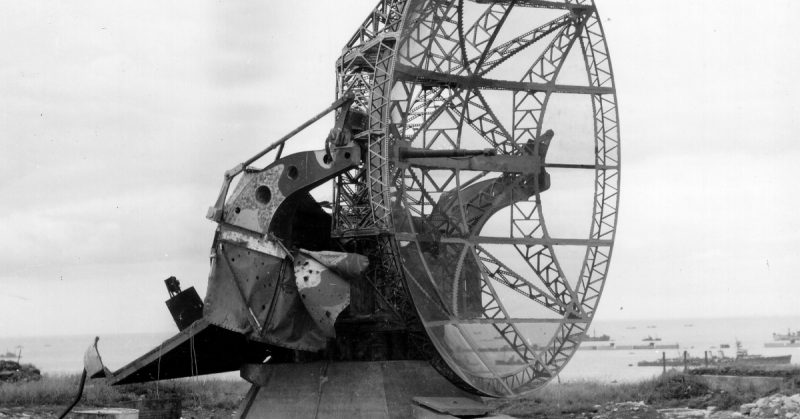The arms race during World War Two resulted in an entire gallery of new weapons. Some of them opened completely new perspectives of conventional warfare, while others came from the edge of human imagination.
These were so-called weapons of the “New Age:” unconventional arms imagined to be so powerful that they could single-handedly win the war.
Even though the world leaders based their power on conventional arsenals, all of them still had one eye on possible weapons of the future. In the years before — as well as during — the war, these powers had been developing such weapons.
Some of these weapons were brought to life, as was the case with the atomic bomb, but some have never seen the light of the day. The Japanese Ku-Go “Death Ray” weapon falls into the latter category.
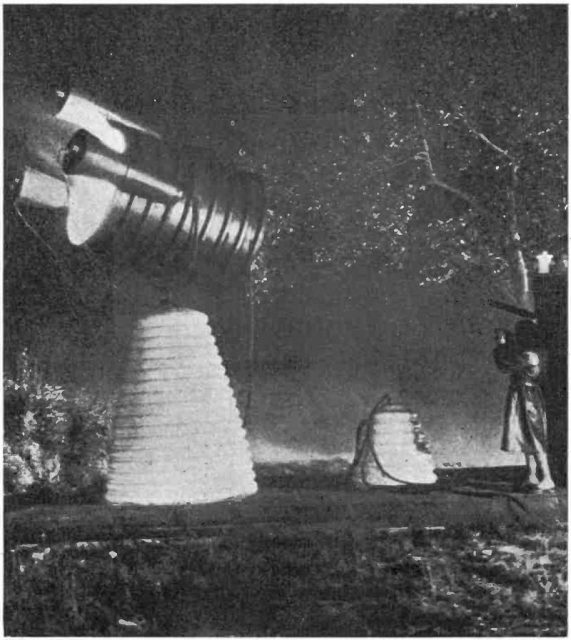
Tesla’s Teleforce
Interestingly, the origins of the Japanese death ray were rooted in the United States.
One of the most brilliant scientists of all times, Nikola Tesla, was one of the first to claim to have built a “death ray” weapon. He called his weapon “Teleforce” and it wasn’t designed to use any kind of rays but to project microscopic, electrically-charged particles.
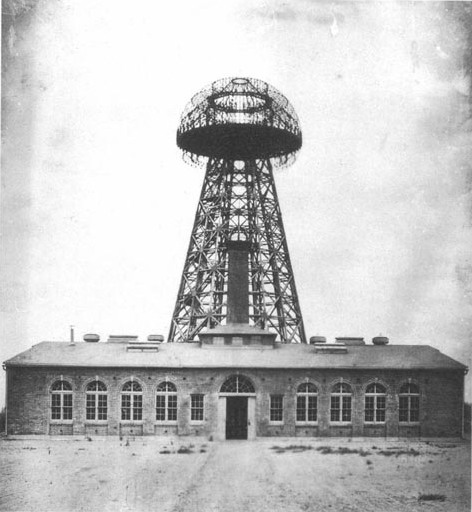
Tesla’s weapon was rather complex, including several mechanisms to produce electricity of enormous force, somewhere around 60 million volts. This force required large, static power plants, estimating the cost of one such weapon station to be $2 million in 1940.
Tesla claimed that his weapon would be so powerful that it could shoot down thousands of planes at a distance of 200 miles (almost 322 kilometers).
Even though it had the capability to be the most destructive weapon ever made, Tesla’s idea behind the death ray weapon was peaceful. Because of its dimensions and immobility, Teleforce could be used only as a defensive weapon. Such a powerful defensive weapon, Tesla thought, would make wars futile.
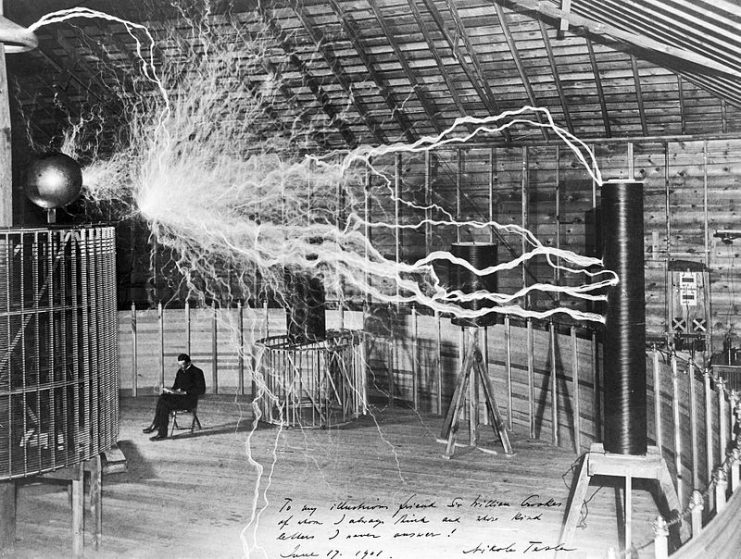
For that reason, he presented his plans first to the League of Nations and then to the leading powers of Western Democracy.
The United States Bureau of Standards rejected Tesla’s proposal as they believed it was not possible to produce such an enormous amount of energy.
The British attempted to make a “death ray” weapon, which resulted in the development of radar.
The Soviet Union made some effort in obtaining Tesla’s plans, but the actual weapon was never made.
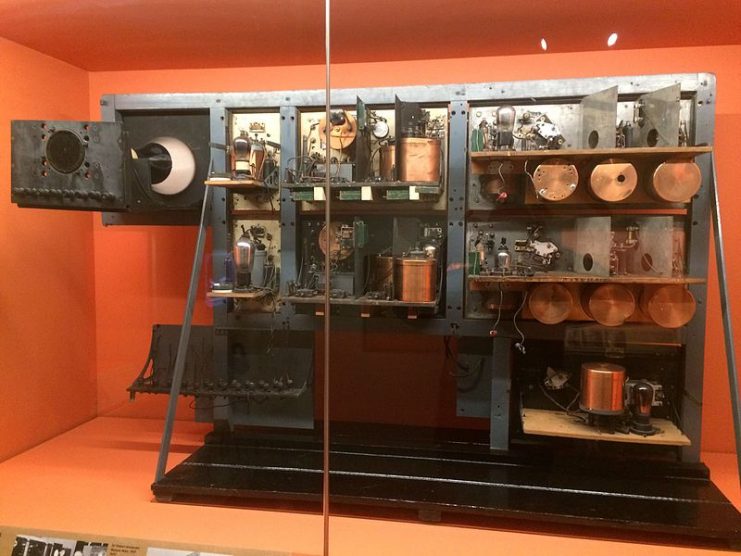
Microwave weapon
However, that which was not of interest to Allies was of interest to the Axis Nations. The article about Tesla’s “Peace Ray” published in the New York Sun and the New York Times on July 11, 1934, caught the attention of Japanese news correspondents in the United States.
When the article was presented in Japan, Tesla’s death ray received a lot of public attention.
In the late 1930s, as Japan was preparing for the war, General Yamamoto was looking for a weapon that could give him an advantage over the United States. For this purpose, he sought out one of the most prominent Japanese physicists, Yoji Ito, from the Naval Technology Research Institute.
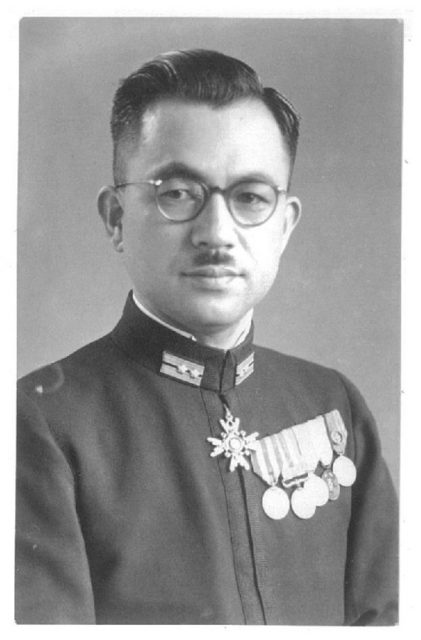
Ito had spent several years in Germany studying the development of the atomic bomb and magnetrons, giving him the required knowledge to build such a weapon.
After studying Tesla’s design, Ito and two other physicists, Maso Kotani and Sin-Itiro Tomonaga, came to the same conclusion as their American counterparts: it was impossible to create a station that could produce so much energy.
For that reason, Ito and his team turned to what they already had. Microwaves!
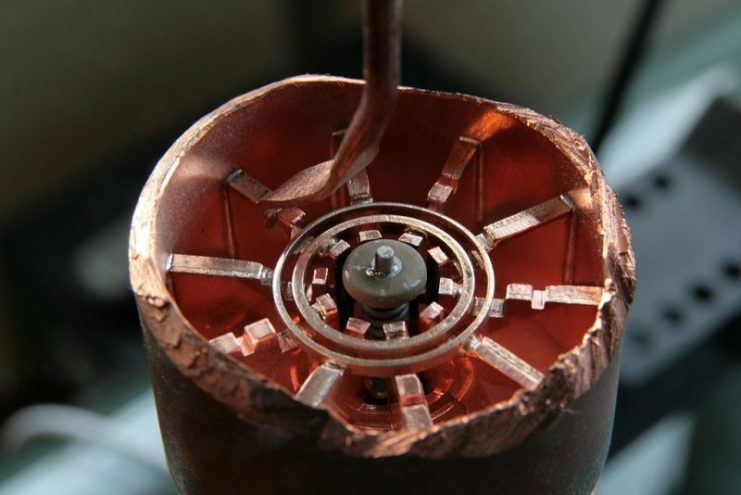
In 1940, the Japanese had already been working on magnetrons as part of their radar research. Ito decided that they should make a bigger, much more powerful magnetron.
This magnetron would emit a high-power beam of very short radio waves that could cause either psychological or physiological problems to enemy soldiers and even death. Ito also believed that the same principle could cause internal combustion engines to stop.
Japanese officials thought that the project could be promising. They invested 2 million yen into it which, in 1940, was around half a million US dollars.
The whole project was put under the control of General Sueyoshi Kusaba. A brand new laboratory was established at Shimada, Shiyuoka Prefecture. The weapon was codenamed Ku-Go.
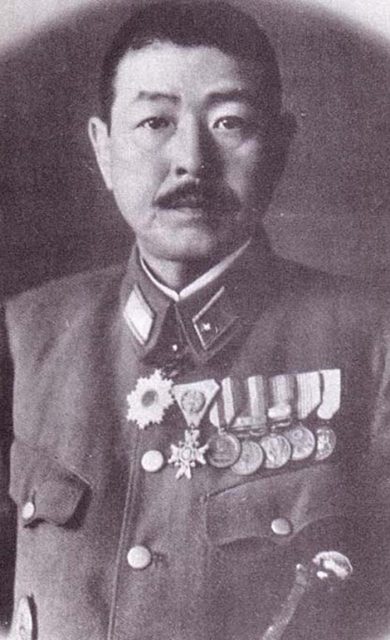
Ku-Go trials
For five and a half years, the Japanese conducted experiments on animals as well as on car and airplane engines.
Experiments on mice, rabbits, groundhogs, and monkeys in 1943 had shown that waves in the range of 78.74 inches (2 meters) to 22.62 inches (60 centimeters) caused lung bleeding, while those shorter than 78.74 inches could destroy brain cells in animals. Justifiably, Japanese scientists believed that they could have the same effects on human beings.
However, experiments with internal combustion engines were far less successful. Ito believed that microwaves could cause the pre-ignition of engines, but his experiments came across many obstacles.
In 1943, Ito and his team managed to stop an exposed car engine but failed to do so when the engine was protected by a hub. Experiments on an airplane engine from 1944 showed that microwaves were even weaker against well-protected engines.
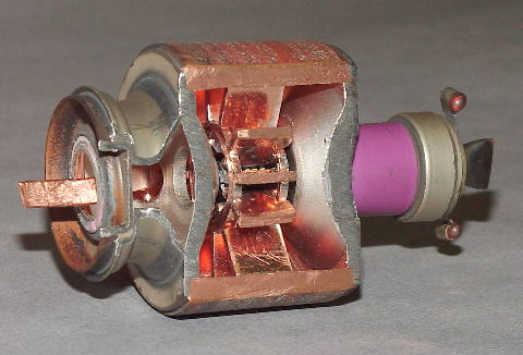
The largest experiment was conducted in 1944 when the first prototype of Ku-Go was built by the Japanese Radio Company.
This was an 80-centimeter magnetron powered by 30 kilowatts that was feeding a dipole antenna placed at the bottom of a 1-meter ellipsoid reflector. In 1944, 80 cm magnetrons were the shortest wavelength oscillators that the Japanese were able to make.
In the first trial, Ku-Go was put up against a rabbit at the distance of 98.4 feet (30 meters). The rabbit died after it was exposed to microwaves for ten minutes. A groundhog took twice as much time to die.
Experiments involving monkeys were not possible, as the Japanese had problems finding one at that time.
Collapse of the project
Plans were made in 1945 to build a new weapon consisting of four magnetrons with the output power of 250 to 300 kilowatts with a dipole antenna and 10-meter reflector. Japanese physicists calculated that such a weapon would take ten minutes to kill a rabbit at a distance of 62 miles (1 kilometer).
However, the situation on the Pacific front and the capitulation of Imperial Japan stopped all further research. The project might have shown the potential to eventually produce a “death ray” weapon, but it was still far from complete in 1945.
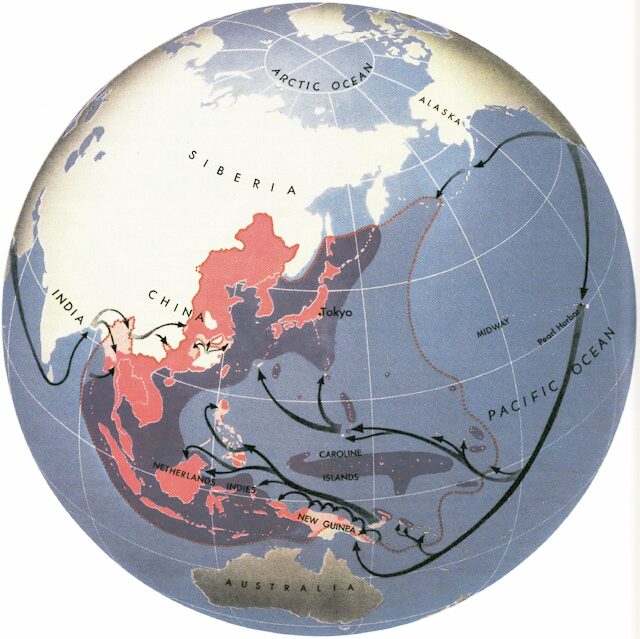
Read another story from us: Miracle Weapons: Hitler’s Jet Planes & Rockets to Save the Nazis
To stop the airplane engine, Ku-Go needed to be more powerful. In case of living things, the weapon only proved itself effective against stationary targets.
As it was, the Ku-Go was the closest any country has managed to get to building a “death ray” weapon.
